30k refugees from Bosnia and Croatia, 200k IDPs from Kosovo
On this year's World Refugee Day there are still almost 30,000 refugees in Serbia from Bosnia-Herzegovina and Croatia.
Monday, 20.06.2016.
11:55

30k refugees from Bosnia and Croatia, 200k IDPs from Kosovo
"Despite all efforts and significant funds from the budget of Serbia and from the donors, the refugee issue in the region has still not been closed," a statement said, according to Beta agency, and added that the number of refugees and former refugees is "far greater," while their fate is shared by the IDPs from Kosovo, and another 18,000 people who are displaced within the province itself.The Commissariat stated, however, that major breakthroughs had been achieved in the previous period, especially in addressing existential issues of this population and the dynamic of providing permanent housing solutions, "which in recent years amounted to five permanent solutions a day." The statement noted that a great number of these solutions will be made possible through implementing the Regional Housing Program.
At the same time, Serbia has treated humanely the nearly 600,000 migrants from Asia and Africa who have transited the country since mid-2015, the statement added.
It is recalled that Serbia in 1996 had 700 collective refugee centers with 50,000 people, while there are now nine with a total of 347 people. All these centers will be closed by the end of the year, while those now staying there will be provided with adequate housing.
The Commissariat added that over the course of more than two decades, only 144,000 refugees returned to their homes in Croatia and Bosnia-Herzegovina, and that more progress in this regard is prevented by unresolved status issues, unpaid pensions and savings, tenancy rights and failure to rebuild some 10,000 Serb houses destroyed in areas where there were no war operations.
"Despite their different formal and legal status, the internally displaced persons from Kosovo and Metohija are also faced with the inability to return to their homes. Less than five percent of the total IDP population has achieved their right to return, " the statement said.
The main obstacles to a sustainable return include the security situation, lack of adequate and effective mechanisms to protect and access their rights, the unresolved issue of the return of property, and the inability to use the destroyed or illegally occupied residential and farming property.
At the same time, there are insufficient funds to reconstruct or build houses for returnees whose access to public services and whose ability to use their mother tongue has been made difficult, along with the absence of economic conditions to support the return and complicated return procedures, the statement added.



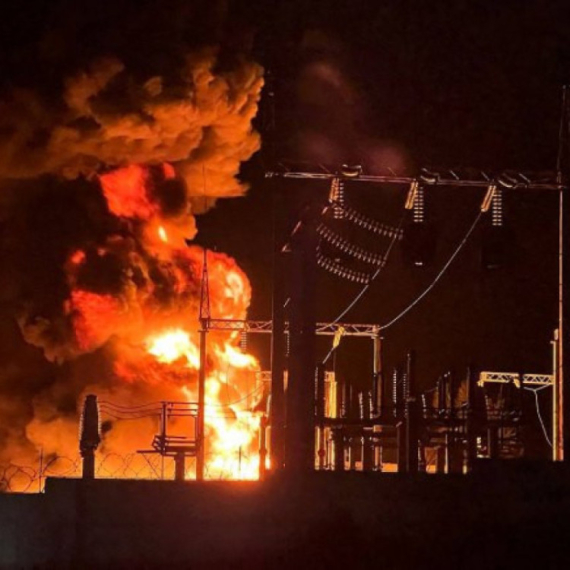


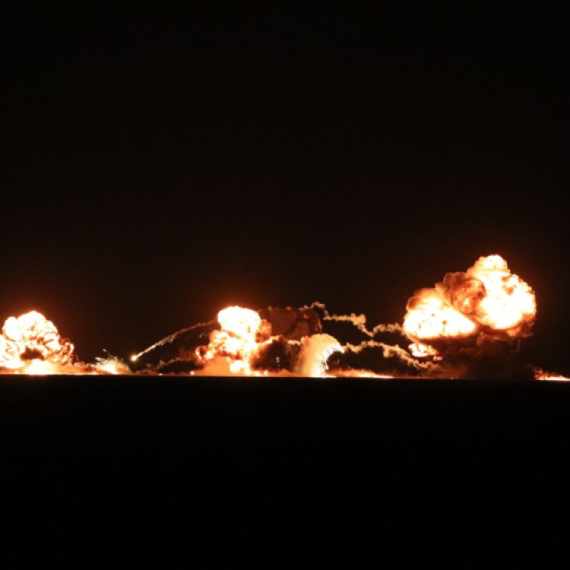





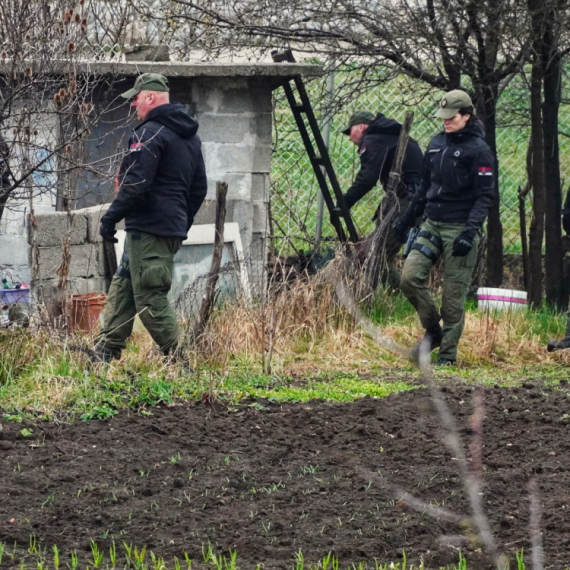




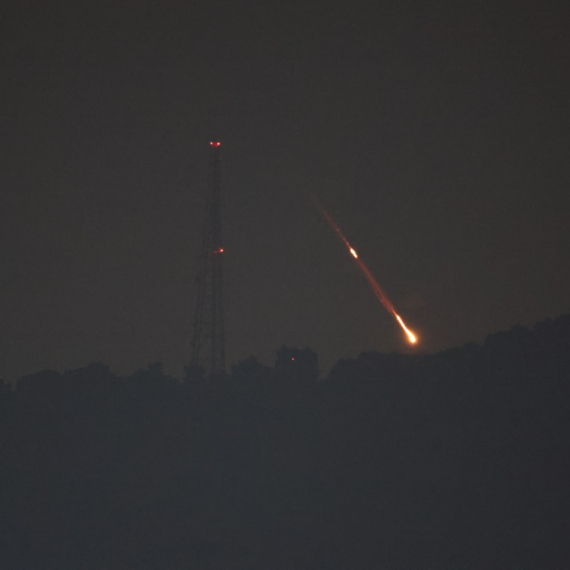
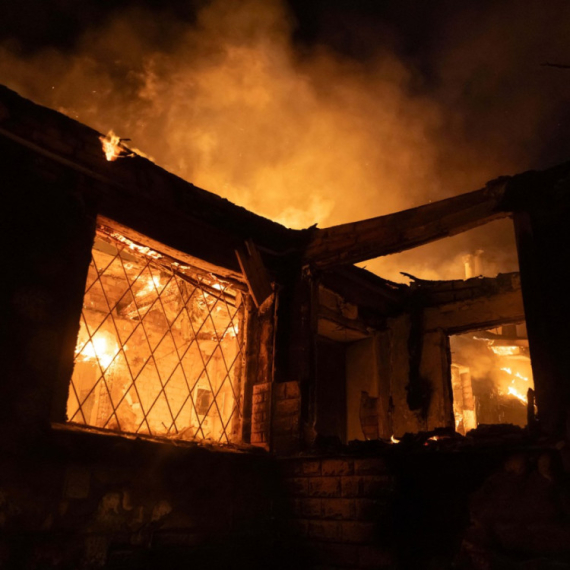



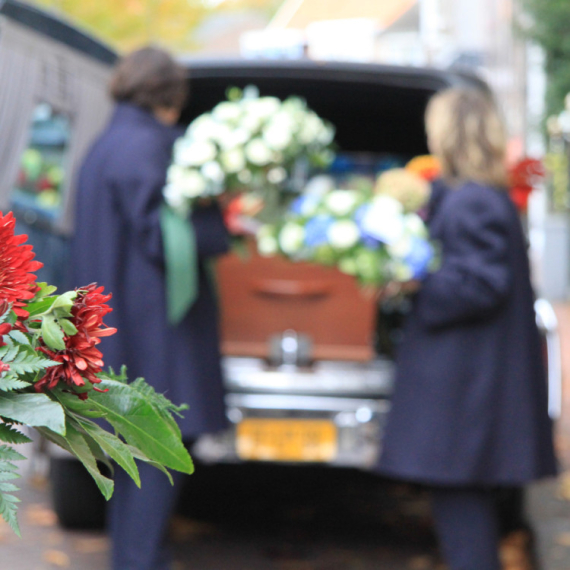


























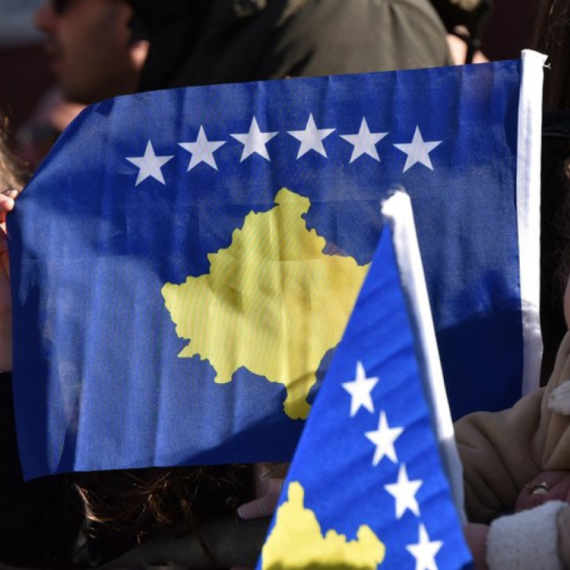

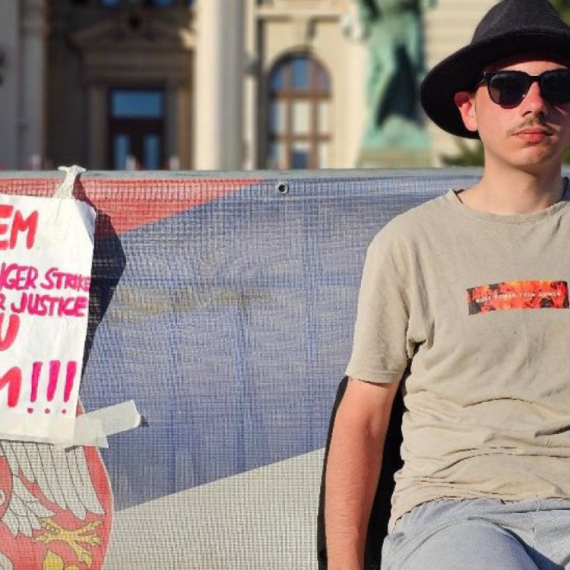

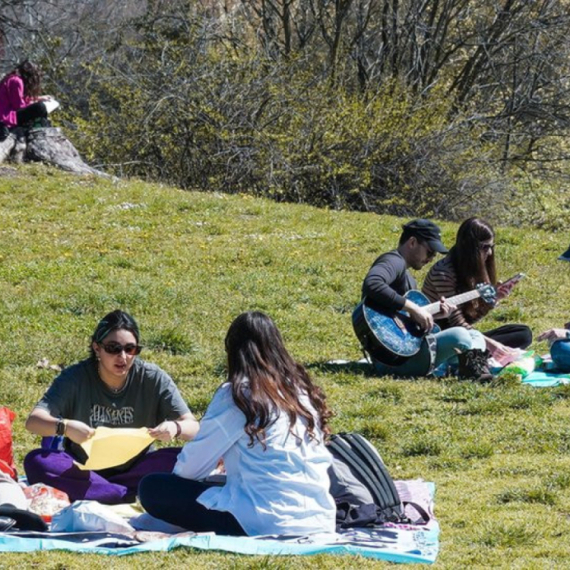

Komentari 6
Pogledaj komentare